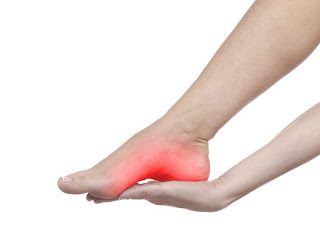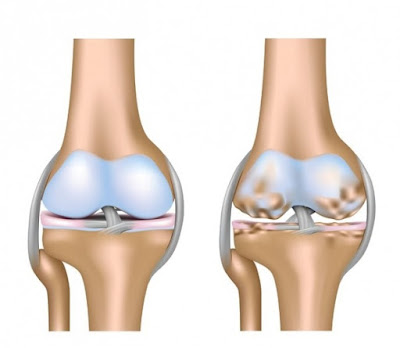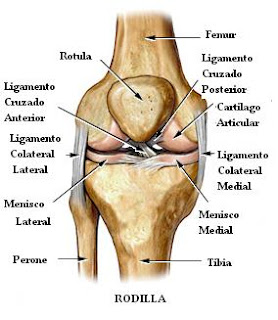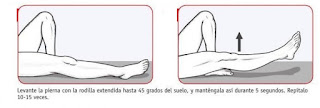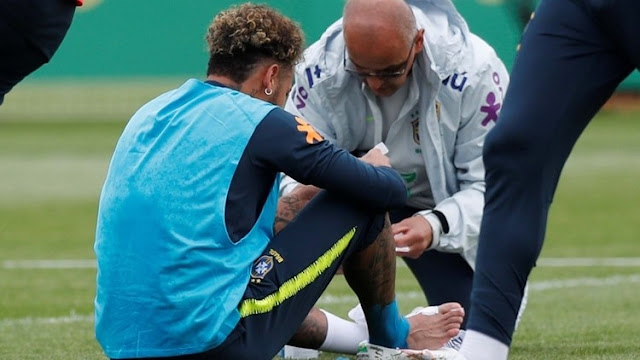Cervical pain is one of the most common injuries in people of all ages, being one of the most prevalent conditions in Western society. This problem can be derived from a seating during long periods of time, aggravated by a greater tendency to the use of smartphones, of the computer, use of chairs and tables not suitable for each person and a sedentary lifestyle.
This medical condition can be caused by maintaining an forward head posture (FHP), it is characterized by an excessively advanced position of the head with respect to the neck and an internal rotation of the shoulders.
FHP is associated with low cervical flexion (C4-C7) and high cervical hyperextension (C1-C3), generating musculoskeletal changes at the cervical level. The deep neck muscles are considered very important in the stability, support and adjustment of the neck posture. Generally, there is a weakness of the deep flexor neck muscles in addition to a lack of strength of the external retractors and rotators of the shoulder. To solve this weakness, the body must generate compensations producing a shortening of the high fibers of the trapezium, sternocleidomastoid, scapula elevator, pectoralis major and minor and extensor musculature of the head.
Bad cervical posture can lead to a limitation of mobility and cause excessive tension of muscles and soft tissues. People with neck pain tend to move their head forward with respect to the neck without realizing it. In addition, previous studies have associated FHP and shoulders in internal rotation with cervical and headaches.
To correct this posture, it has been observed that proper activation of the deep flexor muscles of the neck during craniocervical flexion helps maintain an upright posture of the head. Therefore, the strengthening of weakened muscles and stretching of the trapezius, sternocleidomastoid and scapula lift can have positive effects on FHP and cervical pain.
Given the aforementioned consequences of the FHP, it seems correct to create and disseminate an exercise program to correct these dysfunctions.
Video on YouTube with explanation about the exercises and stretching that we explain below:
Strength exercises
Perform 3 sets of 10 repetitions in each exercise, the shoulders and neck should be at the beginning in a relaxed position. That is, open chest, shoulders away from the ears and slight cervical flexion
1. Cervical flexion
Face up with the head resting on the floor, perform a cervical flexion reducing the distance between the chin and the sternum. We activate and train the deep neck muscles. (Image 1)
 |
| Image 1: Deep neck flexors exercise |
2. External rotation
In lateral recumbency with the elbow resting on the side, perform an external shoulder rotation movement making a movement towards the side of the hand that moves away from the body. Use a hand-held weight to get more training in the rotator muscles of the shoulder. (Image 2)
 |
| Image 2: External shoulder rotators exercise |
3. T shape
When standing with legs bent, trunk tilted forward, back straight and arms stretched to the ground, abduct both arms with elbows extended to a position of 90º with respect to the body forming a T. Use weights on both arms to improve strength in the external abductor and rotator musculature of the shoulder, in addition to scapula approximators and stabilizers (Image 3 and 4)
 |
| Image 3: Abduction shoulder exercise with extended elbows (front view) |
 |
| Image 4: Abduction shoulder exercise with extended elbows (sagittal view) |
4. W shape
Standing with your legs bent, trunk tilted forward, back straight, shoulders adducted on your chest, elbows bent 100 ° and palms up, abduct your shoulders to back height forming a W. Use weights on both arms to increase training in the external abductor, flexor and rotator muscles of the shoulder, as well as scapula approximators and stabilizers. (Image 5 and 6)
 |
| Image 5: Abducted shoulder elbow flexion exercise (front view) |
 |
| Image 6: Abduction shoulder exercise flexed elbows (sagittal view) |
Stretching
Perform each stretch 30 seconds.
1. Pectoral
With the forearm resting on a wall and the shoulder at 90 °, make a rotation with the body in the opposite direction to the arm so that we achieve a separation between the origin and insertion of the pectoral muscle. (Image 7)
 |
| Image 7: Pectoral stretching (anterior and posterior view) |
2. Upper trapezius
Perform a cervical flexion (look down), contralateral tilt (bring the ear to the shoulder) and homolateral rotation, with the contralateral hand increase the position of the neck to help increase tension in the trapezius. (Image 8)
 |
| Image 8: Trapeze Stretch |
3. Neck Extenders
Perform a pure cervical flexion (look down), with both hands passively increase the position of the neck until tension is felt in the posterior area of the neck. (Image 9)
 |
| Image 9: Stretching the neck extenders |













